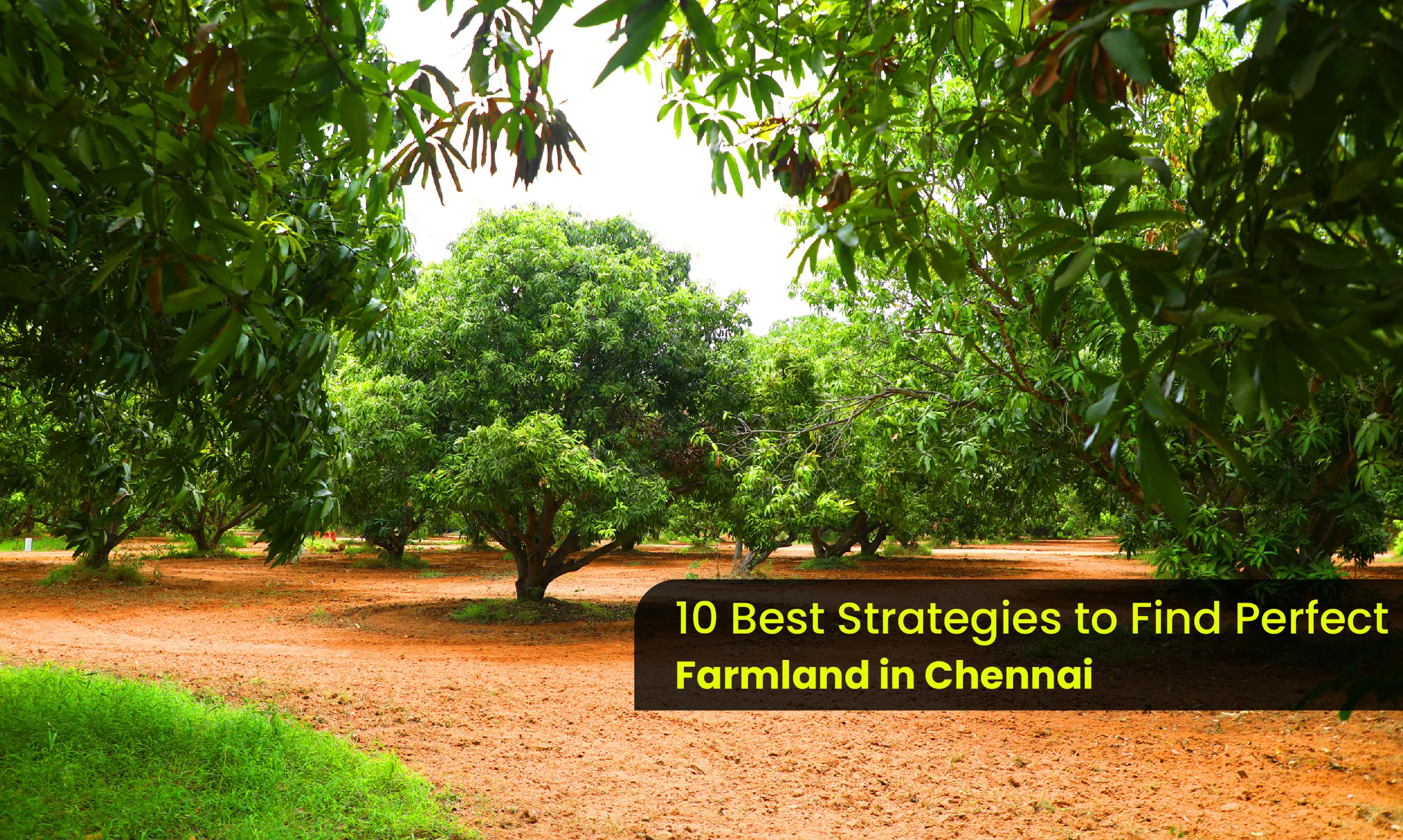Discover the Top 5 Mangoes in India: A Flavorful Guide

Introduction
India, sometimes referred to as the nation of mangoes, boasts a startling range of this delicious fruit. Mangoes are especially important in Indian cuisine and culture; every area has its own treasured variety. Celebrated globally are Indian mangoes with their distinctive flavours, textures, and smells. Every mango enthusiast should be familiar with the top five Indian mango varieties shown here.
1. Alphonso (Hapus) Mangoes
Region: Ratnagiri, Devgad (Maharashtra)
Season: April to June
Traditionally referred to as the "king of mangoes", Alphonso is maybe the most well-known and sought-after mango variety available in India. Named for Portuguese general and military specialist Afonso de Albuquerque, this mango boasts thick, creamy, non-fibrous pulp. Among mango experts, Alphonso is a favourite because of its especially sweet taste, unusual scent, and slight acidity. To indicate ripeness, Alphonso mangoes have a bright golden yellow thin skin with a hint of red. This type, which grows mostly in Maharashtra's Ratnagiri and Devgad areas, benefits from the coastal temperature and lateritic soil. Often one of the most costly mango types on both home and foreign markets, Alphonso mangoes are highly sought for.
2. Kesar Mangoes
Region: Junagadh, Girnar Hills (Gujarat)
Season: May to July
The Kesar mango is well-known for its rich flavor and sweetness, specifically for its saffron-colored flesh. Kesar mangoes, grown in Gujarat's Girnar foothills, have a unique taste that combines a little acidity with great sweetness, making them perfect for fresh eating and desserts. Kesar mangoes' skin is greenish-yellow with a crimson flush. Because of its vivid colour and delicious pulp, this species is frequently utilised in processed goods such as mango pulp and drinks. The strong scent of the Kesar mango is another feature that is more noticeable as the fruit ripens. Kesar has become known as the "Queen of Mangoes" because of its aromatic character and delicious taste.
3. Dasheri Mangoes
Region: Malihabad (Uttar Pradesh)
Season: June to August
Derived from Malihabad in Uttar Pradesh, Dasheri mangoes are prized for their long, rectangular form and smooth, fibre-free flesh. Eating fresh or in mango-based cuisine is common for the fruit since its sweet, juiced taste and aromatic scent appeal. When ripe, dasheri mangoes have a clear greenish-yellow exterior; their flesh is usually brilliant orange. This variety, which dates back to the 18th century, has a rich historical background and is still a favorite among mango enthusiasts for its wonderful taste and texture. Dasheri mangoes are essential in Indian homes because of their consistent quality and taste. They are usually eaten with salt and chili powder or as a main component in classic cuisines.
4. Langra Mangoes
Region: Varanasi (Uttar Pradesh)
Season: July to August
Langra mangoes are another much-loved variety from Uttar Pradesh, especially in the Varanasi area. These mangoes have somewhat sweet, acidic flesh and green peel even when they are ripe. Fresh Langra mangoes are a favourite because of their oval form and rich, aromatic taste, which somewhat flattens their base. Juicy and fiberless, the pulp presents a wonderful eating experience. The word "Langra" means "lame" in Hindi, reportedly named after the lame farmer who originally raised this variety. From smoothies to chutneys, the Langra mango's distinctive taste character makes it a flexible fruit that can be eaten on its own or in a range of culinary creations.
5. Banganapalli (Benishan) Mangoes
Region: Andhra Pradesh
Season: April to June
One of the first varieties to arrive on the market each season, Banganapalli mangoes—also called Benishan—hail from Andhra Pradesh. These mangoes are well-known for their large size, silky skin, and fiberless, flavourful flesh. Banganapalli mangoes have rich, delicious yellow flesh and golden yellow skin that frequently feature tiny white dots. Fresh eating and cooking benefit from the distinctive sweet taste of the Bengali mango, which also contains some acidity. Because of its lengthy shelf life, this cultivar is also rather popular for export. Banganapalli mangoes have become well-known worldwide due to their ability to avoid lengthy travel times without sacrificing quality, reinforcing India's ranking as the leading mango-producing nation.
Conclusion
Rich soil and a varied climate in India help to produce a great range of mangoes, each with a distinct flavour, texture, and scent. The top five mango varieties are the cream of the crop in Indian mangoes: Alphonso, Kesar, Dasheri, Langra, and Banganapalli. Whether you're savouring them fresh, as a dessert, or as part of a culinary meal, these mangoes taste of India's rich agricultural legacy and are a must-try for every mango aficionado. Knowing the unique qualities of each kind will help you appreciate this popular fruit and guide you in choosing the best mango for your taste preferences and cooking requirements.
Latest blogs
JOIN OUR COMMUNITY !
Stay connected with Getfarms! Follow us on social media for the latest updates, exclusive offers, and a glimpse into the world of farmhouse living. Join our community today




























